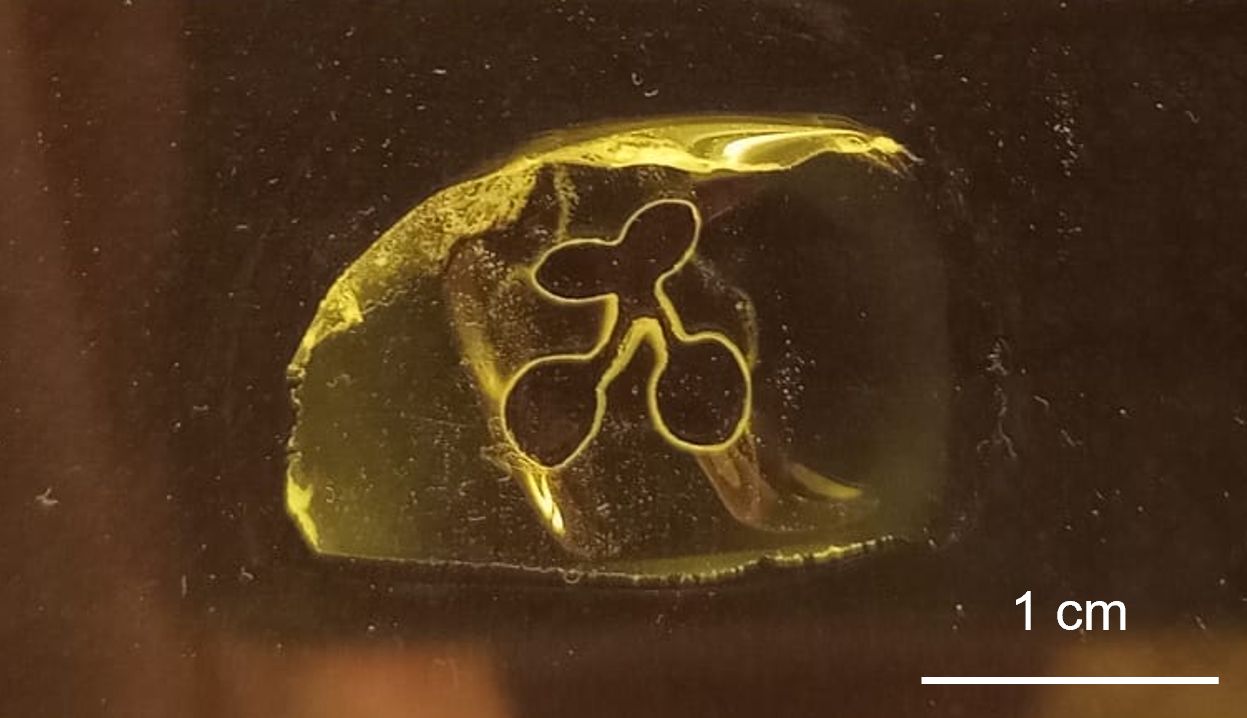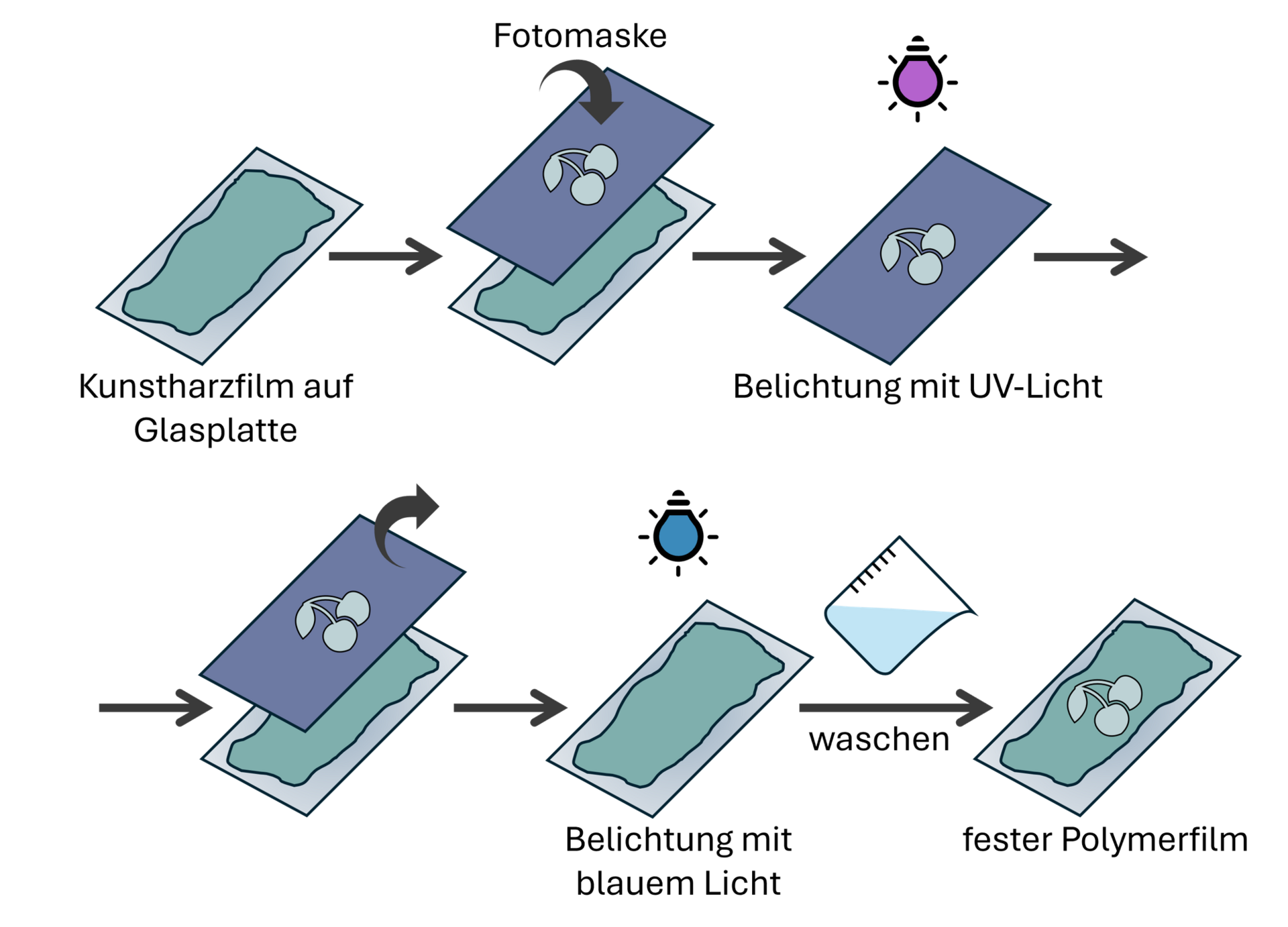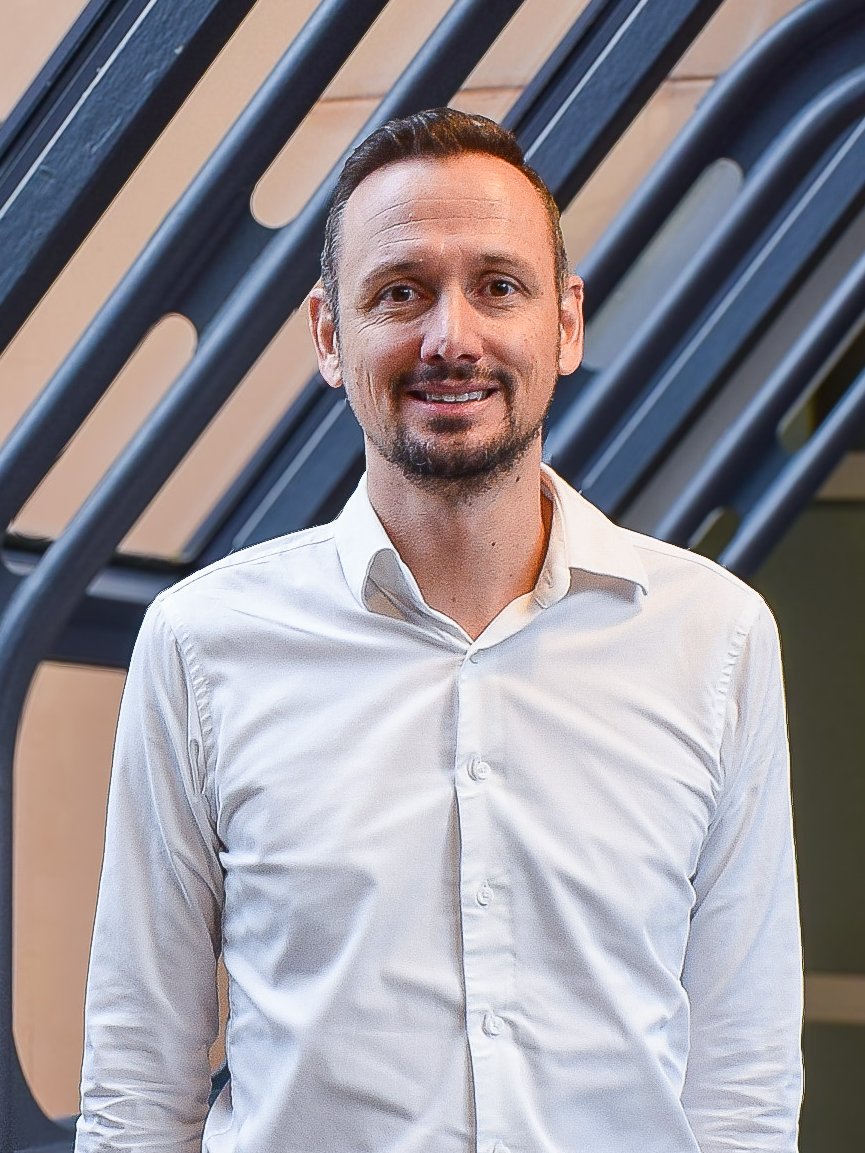However, researchers at the Institute of Chemistry of Polymeric Materials at the Department Polymer Engineering and Science together with colleagues from the Polymer Competence Center Leoben have shown that there is much more potential here. They recently published their groundbreaking results in the renowned journal Nature Communications.
Research into photochemical reactions has been an important focus at the Institute of Chemistry of Polymeric Materials for many years. Now, the researchers have achieved a significant breakthrough: they have developed a novel process in which two different colours of light are used to control the polymerization reaction of a synthetic resin: blue light cures the material, while UV light stops the process at specific points. This enables a curing process that can be precisely controlled in both space and time – even down to the micrometre scale.
In future, this process will help to make resin-based 3D printing processes faster and more efficient.
Höller, R.J., Sivun, D., Gvindzhiliia, G. et al. Spatial control of curing kinetics in thiol-ene-systems through antagonistic photoreactions. Nat Commun 16, 8487 (2025). https://doi.org/10.1038/s41467-025-63407-0



